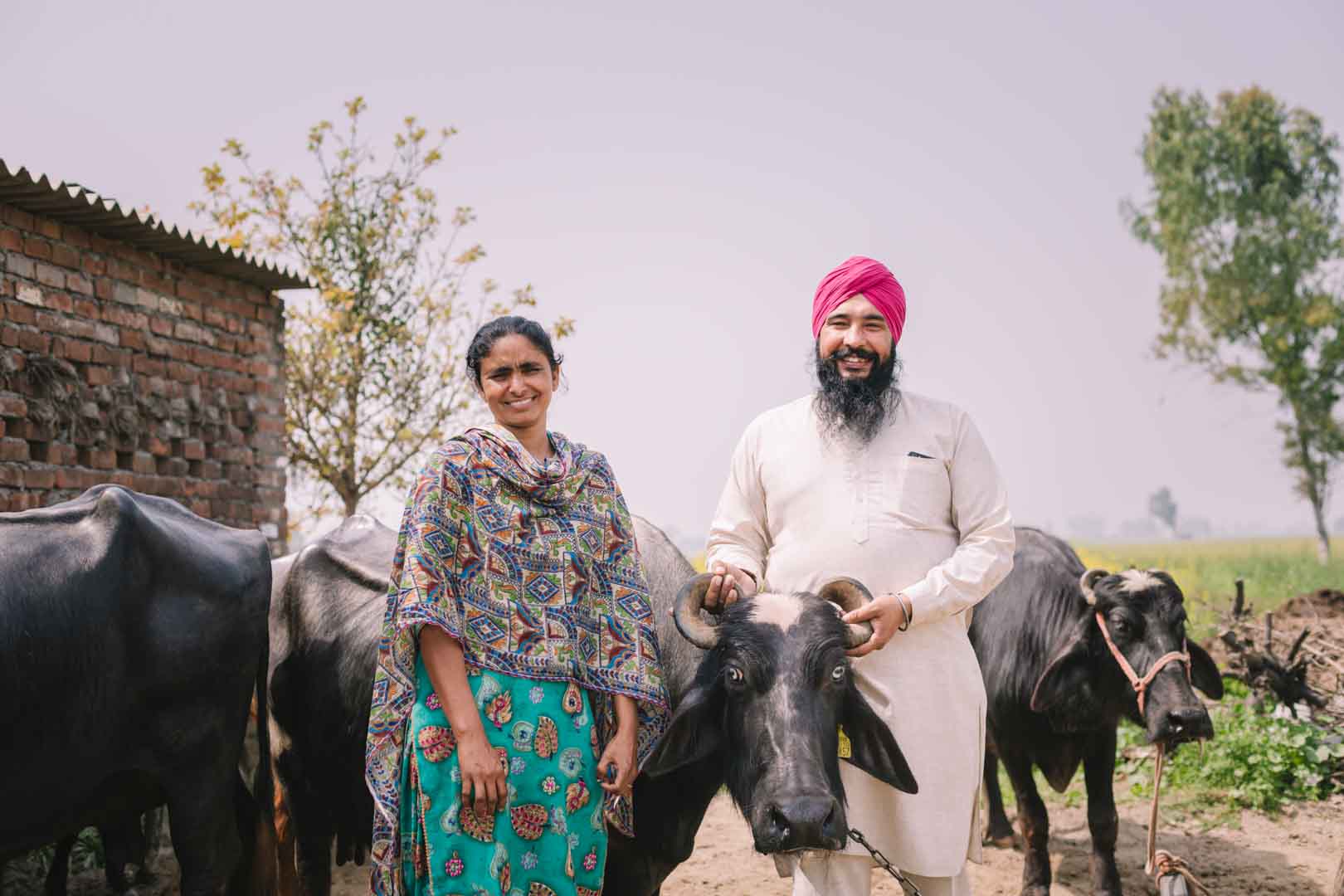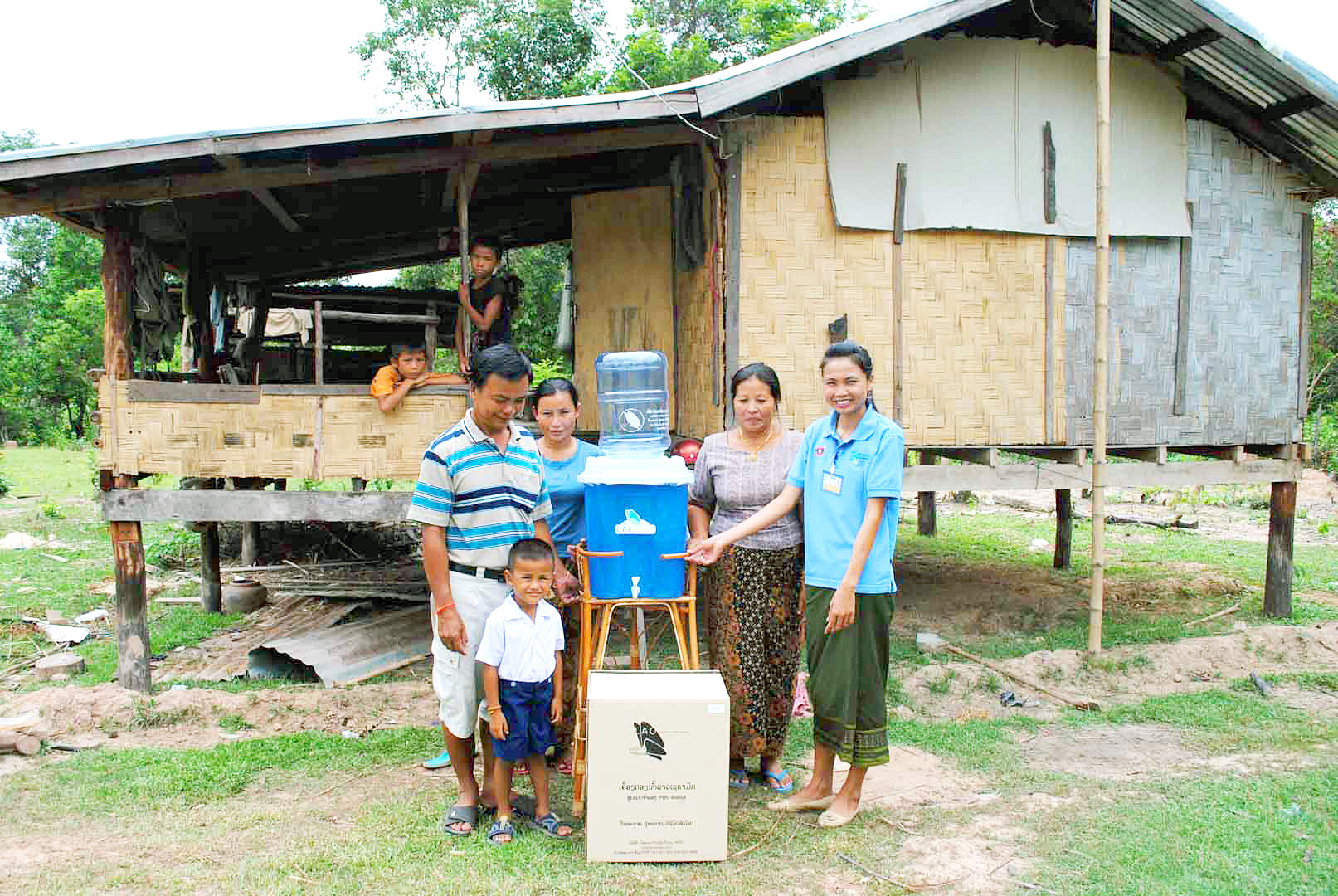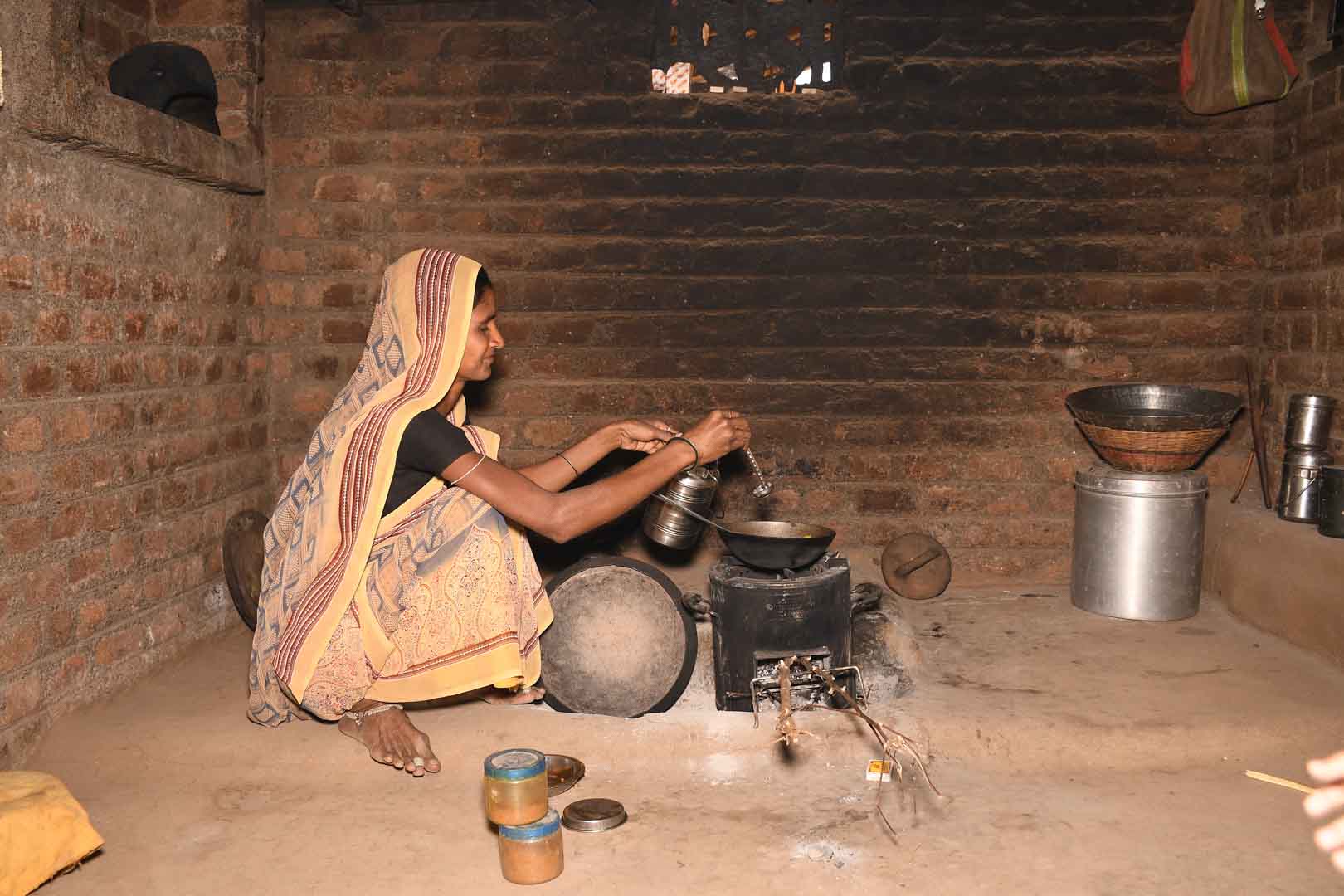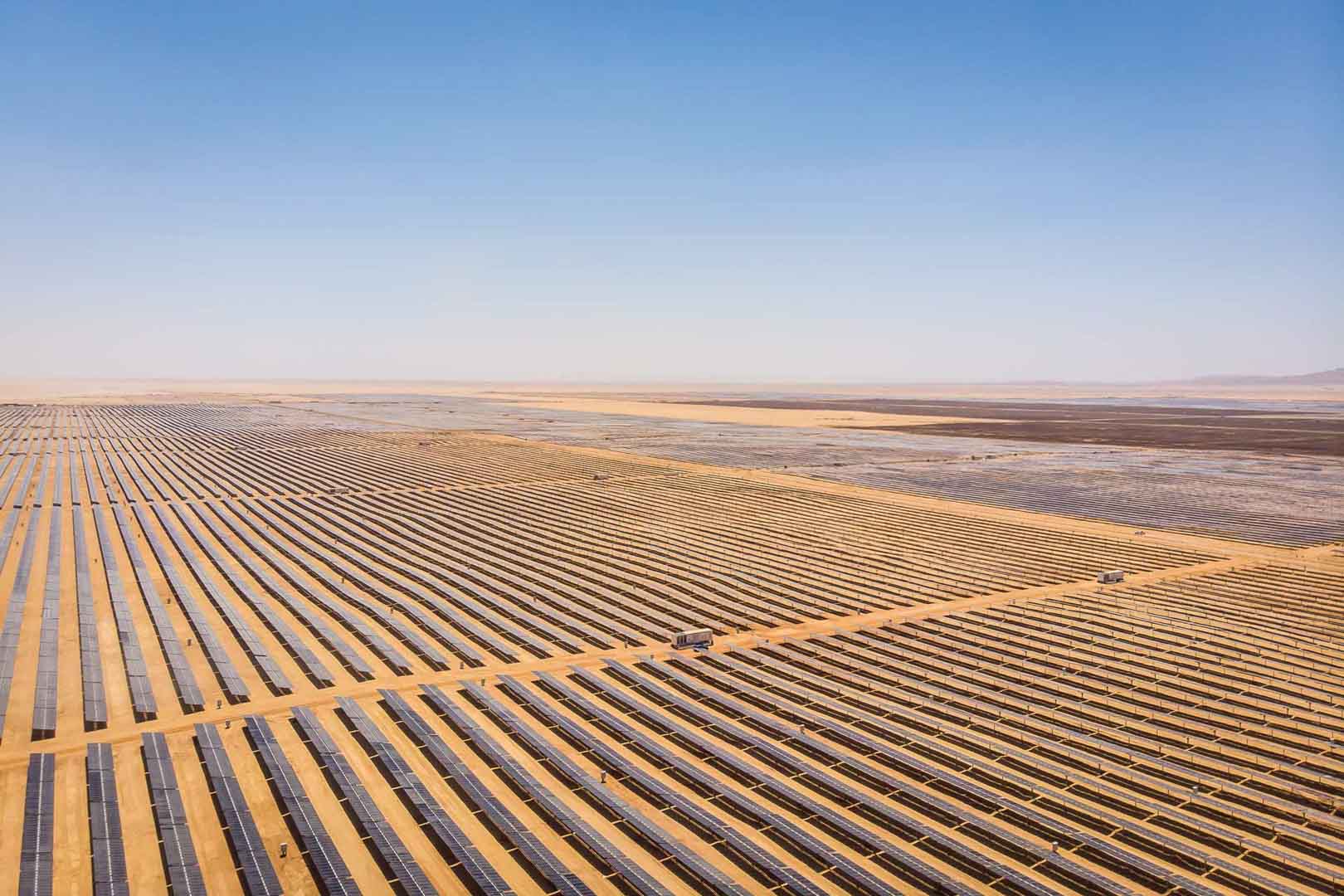Environmentally friendly cooking with the help of biogas plants
In the Indian state Punjab households use gas from fermented biomass for cooking. This saves about 33,000 tonnes of CO2 per year that would otherwise be emitted when cooking with wood or charcoal. In total, the project plans to install about 6,400 biogas plants of various sizes with a direct outlet to households, which also significantly reduces indoor air pollution that is harmful to health.
In addition, the project promotes the sustainable development goals of the United Nations, for example by creating local jobs for the maintenance and servicing of the plants. Furthermore, women, in particular, are relieved by connected biogas plants, as they are often responsible for collecting firewood, which is now redundant.

In biogas facilities, biomass is fermented into biogas in sealed digesters. Biomass may consist of organic waste or dung from cows or other animals. In countries like India or Vietnam, families use the gas from small biogas plants for cooking. This reduces CO2 emissions that would be produced by cooking with wood or charcoal. Biogas plants also prevent methane from escaping into the atmosphere, as is the case when organic waste is stored in an open pit. Instead, the gas is fed from the closed digesters to specific cookers and thus provides an independent and renewable source of energy.
Explore our projects
Biochar for Climate Action, Healthy Soils, and Better Harvests

A certified climate project combined with additional commitment

Expansion of renewable energy generation in Asia

Ceramic water filters save CO2 and improve health

Improved cookstoves worldwide – for better health and cleaner air

A certified climate project combined with additional commitment

Powering access to renewable energy in Africa

A certified climate project combined with additional commitment

Restored ecosystems remove carbon

Turning degraded farmlands into healthy ecosystems

Improved cookstoves - better for health and the environment






















